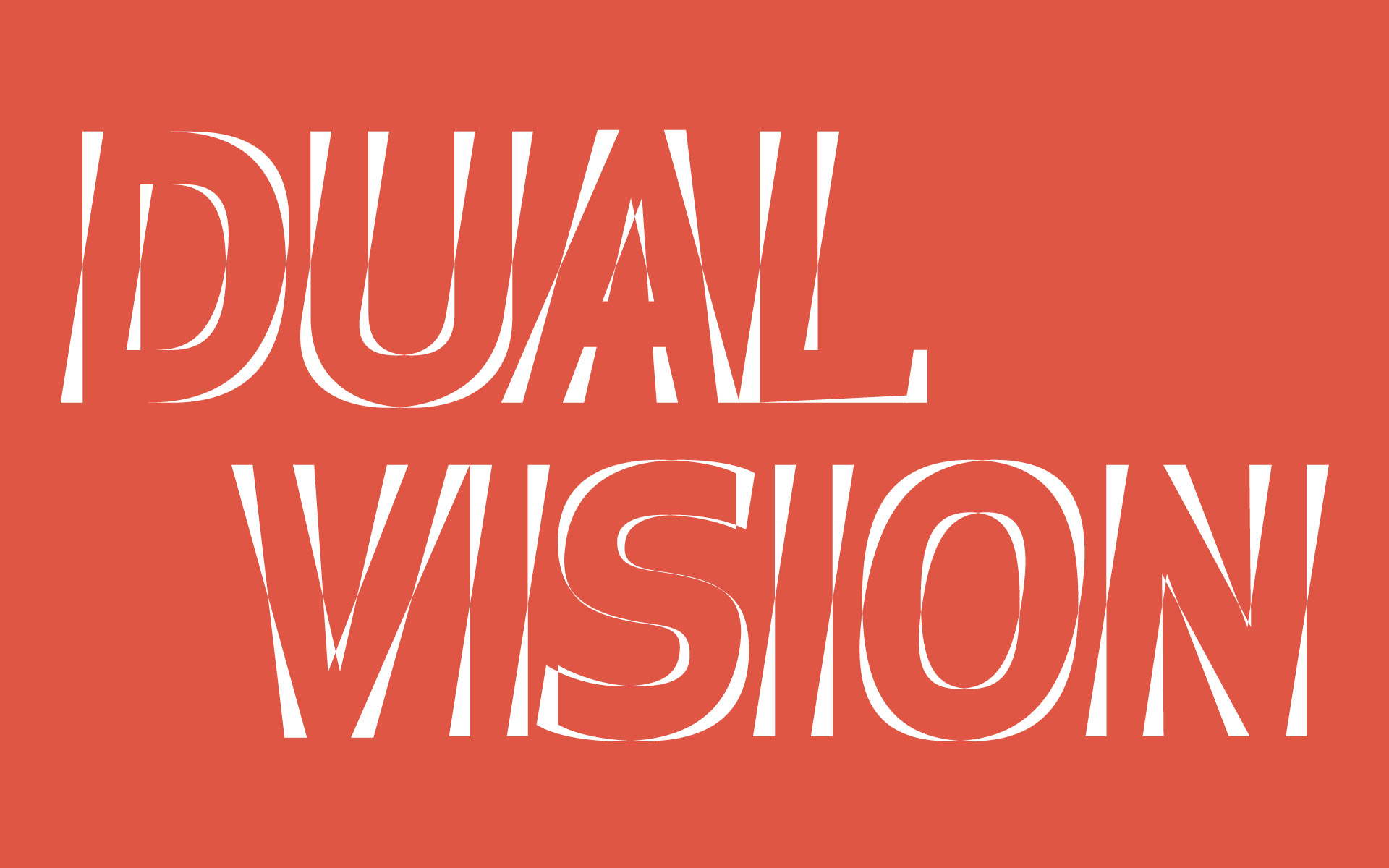DUAL VISION: ARTISTS

DUAL VISION
JOYCE BRIENZA + DEBORAH SUKENIC
Ingathering, 2020
Mixed media on board
Joyce Brienza: Deborah and I met at Wayne State in the late 80’s. In forging our friendship we discovered we had many “coincidental” connections. Her middle name is Joyce, our birthdays are one day apart, our Mothers have the same birthday, we both had autoimmune disease, and we both ended up studying under Peter Williams who convinced us to paint “those boring still lives”. In our individual practices as in this project, our goal was to fuse fragments into one cohesive whole. The theme of our piece is generative, with a focus on healing, sustenance and the power of the feminine principle.
We both have a similar interest in the function of art as a tool for healing and were glad for this opportunity to partake in a creative exchange. Pursuing a “dual vision” seemed like a good way to apply my particular interest in liminal space to the space between makers. Both Deborah and I gravitate to images that personally resonate often having to do with family history but also include a wide array of “found” pictures. In my case a major source of inspiration has been the Dutch still life painting of the 1600’s in which the Protestant church forbade religious iconography because it “cheapened” the subject matter. It interests me that significance had to be hidden and coded into ordinary objects. Since symbolism is no longer a shared cultural phenomena, I often use traditional symbols in ways that satisfy my own search for meaning. For the project we agreed to build the image using a collage like process to help generate “happy accidents”. As a result, the work is not only conceptually about growth, but is an actual remnant of an organic process of working.
In deciding how to proceed we landed on an image that resonated for both of us in different ways. The image was a vintage post card depicting the Jewish Festival of Sukkot which is an agricultural festival originally considered a thanksgiving for the fruit harvest. Sukkot are hut-like structures that the Jews lived in during the forty years of travel through the wilderness after the Exodus from Egypt. As a temporary dwelling, the Sukkah also represents the fact that all existence is fragile, and therefore Sukkot is a time to appreciate the shelter of our homes and our bodies. This “coincidentally” turned out to be an apt metaphor for the age of Covid. The “Etrog” used in the festival is a lemon like fruit with the form of a breast that imbues it with feminine connotations. Within the context of the festival, it is seen as a conduit of divine flow. The Pomegranate has also been a strong signifier in Religion and Mythology, and is known to have healing properties.










ARTISTS
ROBERT SESTOK + KURT NOVAK →
JIM CHATELAIN + STEVE FOUST →
AMELIA CURRIER + JOHN EGNER →
KATHRYN BRACKETT LUCHS + MICHAEL LUCHS →
JOYCE BRIENZA + DEBORAH SUKENIC
SIMONE DESOUSA + TIM VAN LAAR →
JULIA CALLIS + JOSH KOCHIS →
NANCY MITCHNICK + JOHN CORBIN →
CARLO VITALE + ED FRAGA →
NICOLE MACDONALD + CARL WILSON →
BETTY BROWNLEE + CRISTIN RICHARD →
GISELA MCDANIEL + MARTHA MYSKO →
TONY RAVE + TYLONN SAWYER →
NOUR BALLOUT + CYRAH DARDAS →
RASHAUN RUCKER + MARIO MOORE →
BREE GANT + CHERISE MORRIS →
TYANNA BUIE + CHELSEA A. FLOWERS →
SABRINA NELSON + LEVON KAFAFIAN →
STERLING TOLES + NATE MULLEN →
ADAM LEE MILLER + NICOLA KUPERUS →

